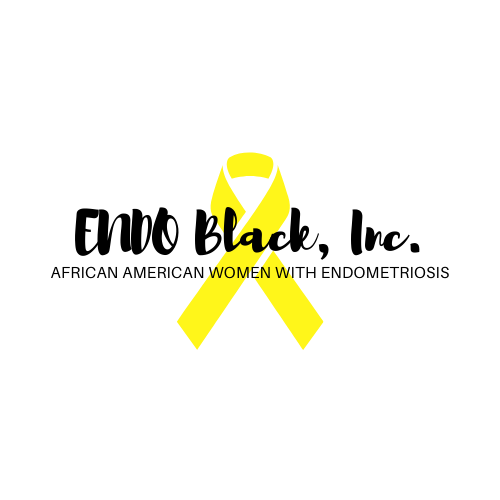
OVERVIEW
Endometriosis, sometimes called "endo," is a common health disease that affects 11% of American people between the ages of 15 - 44. There are about 60 - 70% of women with endometriosis who are fertile. Unfortunately, it is tough to get diagnosed with endometriosis. On average, it may take 6 to 10 years to be diagnosed, as, for African American women and women of color, it may take 11 to 15 years for a diagnosis.
As we are not medical professional we encourage each of you to do your own due diligence in researching what endometriosis is to ensure that you have the accurate information and definition. The world and the medical system continues to learn new things about endometriosis daily.
TYPES OF ENDOMETRIOSIS
1. Thoracic: affects the lung, pleura, diagram, and airways.
2. Reproductive: affects the fallopian tubes, cervix, uterus, ovaries, vagina, uterosacral ligaments and rectovaginal septum
3. Urinary: kidneys, bladder, and uterus
4. Digestive: affects the appendix, bowel, both small and large intestine, and liver
It is possible to suffer from more than one type of endometriosis. Be mindful that this isn't discussed across the board and that current studies are underway to understand each nature in its entirety.
THINGS YOU MAY NOT KNOW ABOUT ENDO
American Society for Reproductive Medicine (ASRM) classifies endometriosis into four different stages:
· Stage 1 - A few superficial implants, mild adhesions
· Stage 2 - Slightly deeper implants and more adhesions
· Stage 3 - Deep implants, small chocolate cysts (ovarian endometriomas), more rooted and filmy lesions, scarring
· Stage 4 - Deep implants, large chocolate cysts, many dense adhesions, more scarring
Though there are stages listed, please understand that all pain is subjective.
RaeShonda Swales, Daisha Smith and Astrine Etheridge
LilyAnnRivers Photography
SYMPTOMS
The primary symptom of endometriosis is pain, often associated with menstrual periods. Although many experiences are cramping during their menstrual periods, those with endometriosis typically describe it as more than just menstrual pain. Common signs and symptoms of endometriosis include:
· Painful periods. Pelvic pain and cramping may begin before and extend several days into a menstrual period. You may also have lower back and abdominal pain.
· Pain with intercourse. Pain during or after sex is joint with endometriosis.
· Pain with bowel movements or urination. You're most likely to experience these symptoms during a menstrual period.
· Excessive bleeding. You may experience occasional heavy menstrual periods or bleeding between periods (intermenstrual bleeding).
· Infertility. Sometimes, endometriosis is first diagnosed in those seeking treatment for infertility.
· You may experience diarrhea, constipation, bloating, vomiting, or nausea, especially during menstrual periods.
· Other symptoms may look like allergies, brain fog, mood swings, migraines, fatigue, insomnia, anxiety, night sweats, shortness of breath, chest pain, low back pain, feeling cold, breast pain, and more.
LilyAnnRivers Photography
ABLATION OR EXCISION
There's so much discussion on procedures done to stop the growth of endometriosis. Below we added some quick information on the difference between ablation and excision.
Ablation uses heat energy to burn away the disease. During the procedure, cautery or laser is used to destroy the abnormal cells starting from the surface of the lesion.
Excision uses laser or knife to cut out to get the abnormal cells physically. This allows complete resection and not leaving any disease behind.
Remember, education is critical. The more research you do, the more you know and can better advocate fit yourself. ENDO Black urges all to do their investigation into the best way to treat their endometriosis surgically.


